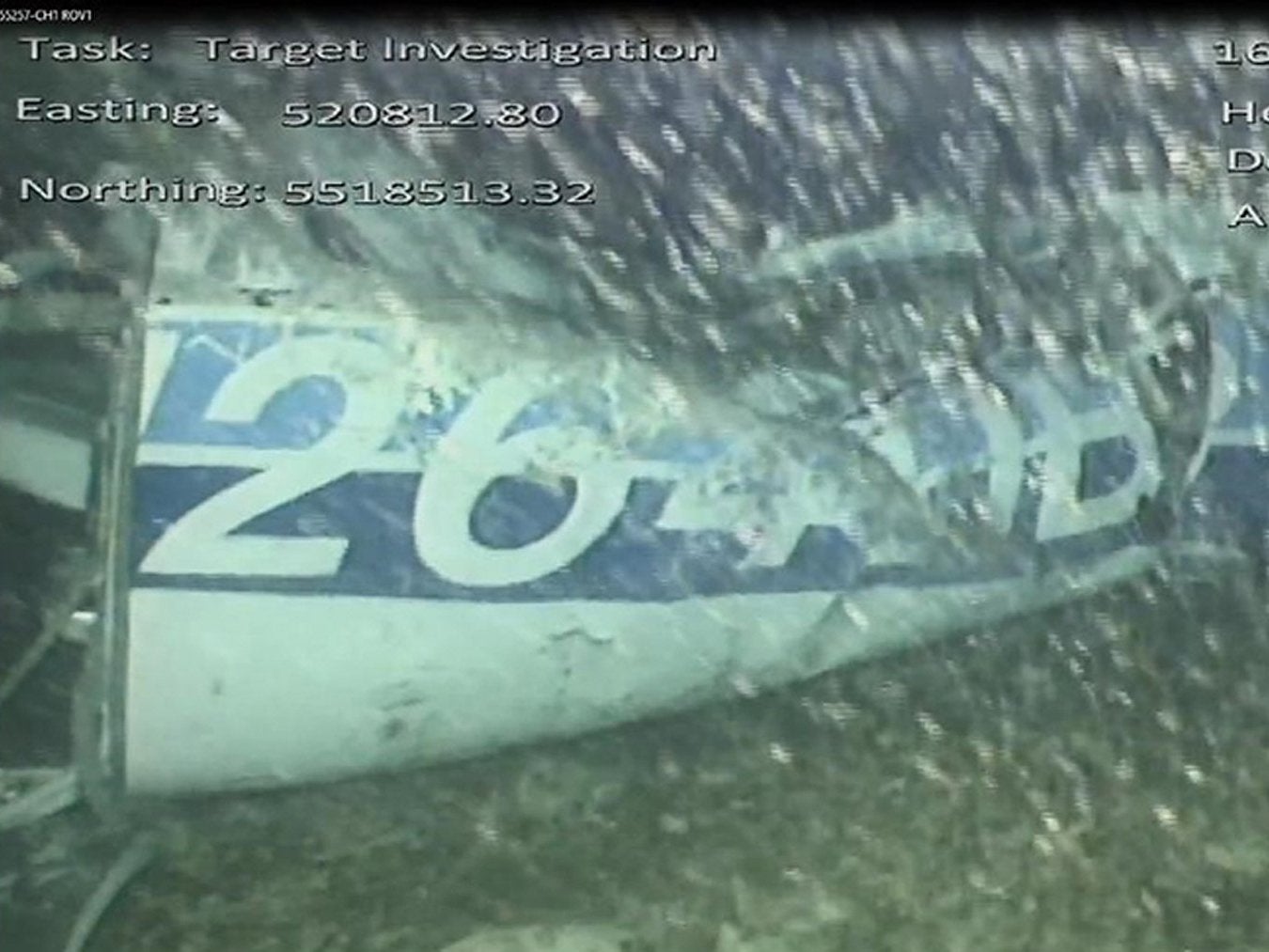Emiliano Sala plane wreckage: Expert claims pilot ‘spatial disorientation’ most likely cause of crash
The aircraft has been discovered in the English Channel but authorities have given no guarantees about when or even if the wreckage will be raised

Your support helps us to tell the story
From reproductive rights to climate change to Big Tech, The Independent is on the ground when the story is developing. Whether it's investigating the financials of Elon Musk's pro-Trump PAC or producing our latest documentary, 'The A Word', which shines a light on the American women fighting for reproductive rights, we know how important it is to parse out the facts from the messaging.
At such a critical moment in US history, we need reporters on the ground. Your donation allows us to keep sending journalists to speak to both sides of the story.
The Independent is trusted by Americans across the entire political spectrum. And unlike many other quality news outlets, we choose not to lock Americans out of our reporting and analysis with paywalls. We believe quality journalism should be available to everyone, paid for by those who can afford it.
Your support makes all the difference.The pilot of Emiliano Sala’s flight which came down in the English Channel could have been suffering from ‘spatial disorientation’, according to an aviation expert.
The Piper Malibu N264DB carrying the 28-year-old Sala and pilot David Ibbotson, 59, went missing on 21 January after leaving Nantes in France for Cardiff, the home of the Argentinian striker’s new football club Cardiff City.
The wreckage was discovered on Sunday, around 67m deep, between Guernsey and the Devon coast.
Juan Arturo del Azar, a private jet pilot who has regularly flown across the Channel during his career, told Argentinian daily newspaper Clarin that a possible explanation for the crash was the kind of problem which caused John F Kennedy Jr’s death in 1999.

“As in any investigation we can only speculate on what has been published until there’s official information... But the information we have now is that this pilot was not authorised to fly with instruments. If that is the case, it could be a lot simpler. It could simply be a case of being in a cloud, not knowing how to fly with instruments and suffering what is called spatial disorientation.
“Your body sends you erroneous signals at that point. Your body tells you the plane is rising and the plane is falling and vice-versa. At that point the only thing that is valid are the instruments. It’s something that’s very routine but it’s something for which a pilot must have a licence and training.”
It is unclear whether Ibbotson was qualified to use instruments, but his credentials will form part of the investigation. He had written in a Facebook comment hours before the flight that he was “a bit rusty with the ILS (Instrument Landing System)”.

On Tuesday the Air Accident Investigation Branch (AAIB) said there is no timeframe for the wreckage to be raised, and refused to give any guarantees that that the aircraft would be brought up from the seabed.
A spokesman for the AAIB said: “We are currently working underwater when conditions allow the remotely operated vehicle (ROV) to go down. We can’t give an indication at the moment of when it will be raised and we haven’t given an indication at the moment that we are going to raise it.
“At the moment we are still conducting research – all I can say is that an announcement will be made when we are able to.”
Join our commenting forum
Join thought-provoking conversations, follow other Independent readers and see their replies
Comments